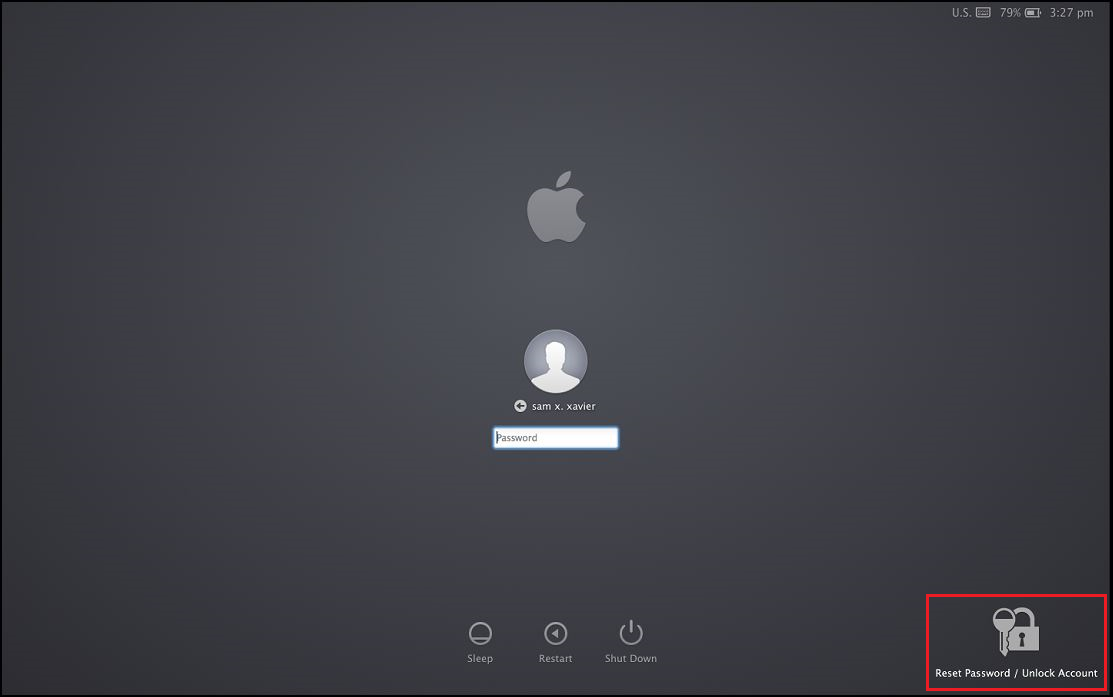
Almost all keyboard shortcut handling is disabled when typing in this field, so you can use almost any key combination for a shortcut. For example, if you want to assign Command-Shift-J to a command, hold down the Command key and the Shift key while typing the letter J to assign the shortcut. Click in the Keyboard shortcut text field and type the shortcut you want to assign. Select the command button to display its details in the lower right pane.

To add a keyboard shortcut, first find the command that will receive the shortcut by typing some part of the command's name in the search field in the lower left corner. We find that too restrictive for Rhino with its large command set, and have modified the typical menu shortcut assignment techniques to allow for keyboard shortcuts to be assigned to any command, not just commands in the application menu. This also means that, on the Mac, any command that is not already in the application menu can never have a menu shortcut attached to it.

Some less often used commands in Rhino need to be typed on the keyboard to execute them. It is not practical to put every single Rhino command and all its variations in the application menu. Rhino has a large and customizable set of commands. To enforce this, Apple supports menu shortcuts, the same concept as keyboard shortcuts on Windows, but Apple requires that these shortcuts always be attached to a menu item. In Windows, you enter the command string to be executed when a keyboard shortcut is typed.Īpple guidelines say that every application command should be available through the application menu. These shortcuts might be, but are not required, associated with an application menu item.
#What is the redo command on mac windows#
In Windows Rhino, you can add keyboard shortcuts. Note: In El Capitan, you'll also need to go into System Preferences > Mission Control, and change the Application windows assignment from the default of F10 to something else. Note that this is a system-wide setting and you will change the function key behavior everywhere on your Mac. This is not checked by default, but checking this makes using the function keys much easier in Rhino. There is a checkbox labelled “Use all F1, F2, etc. You can also switch the sense of the fn + function key in System Preferences > Keyboard > Keyboard. You must hold down the fn key when you press one of the function keys for the program to see a “normal” function key press.

Apple has added their own system-wide actions to the function keys, which makes them inconvenient to use in an application. Other default keyboard shortcuts use the function keys (F1-F12, or F1-F19 on the numeric keypad version). Rather than completely eliminating these shortcuts, we thought it best to leave them in, making them available for those who can take advantage of them. For example, View > Undo View Change is mapped to the Home key, but that key does not exist on laptop keyboards. Some of the default keyboard shortcuts use keys available only on the keyboard with a numeric keypad. I mentioned that some of the default keyboard shortcuts are not optimal. Please limit your suggestions to the changes that should be universally available. You can always add these special assignments to your own copy of Rhino. You can also define your own set of keyboard shortcuts, which we discuss below, so you need not mention any keyboard shortcuts that are specific to your use of Rhino for Mac. Please make suggestions for improvements to the default keyboard shortcut set that you feel should be available to everyone by posting your suggestions in this support thread.
#What is the redo command on mac for mac#
These keyboard shortcuts should be both useful and natural for Mac users.

Rhino for Mac will always have a default set of keyboard shortcuts that cannot be changed. Many of these are not optimal for the Mac, but we can consider the current keyboard assignments as a discussion starting point. Windows Rhino has many keyboard shortcuts and, for the most part, Rhino for Mac has adopted the same keyboard shortcuts.


 0 kommentar(er)
0 kommentar(er)
